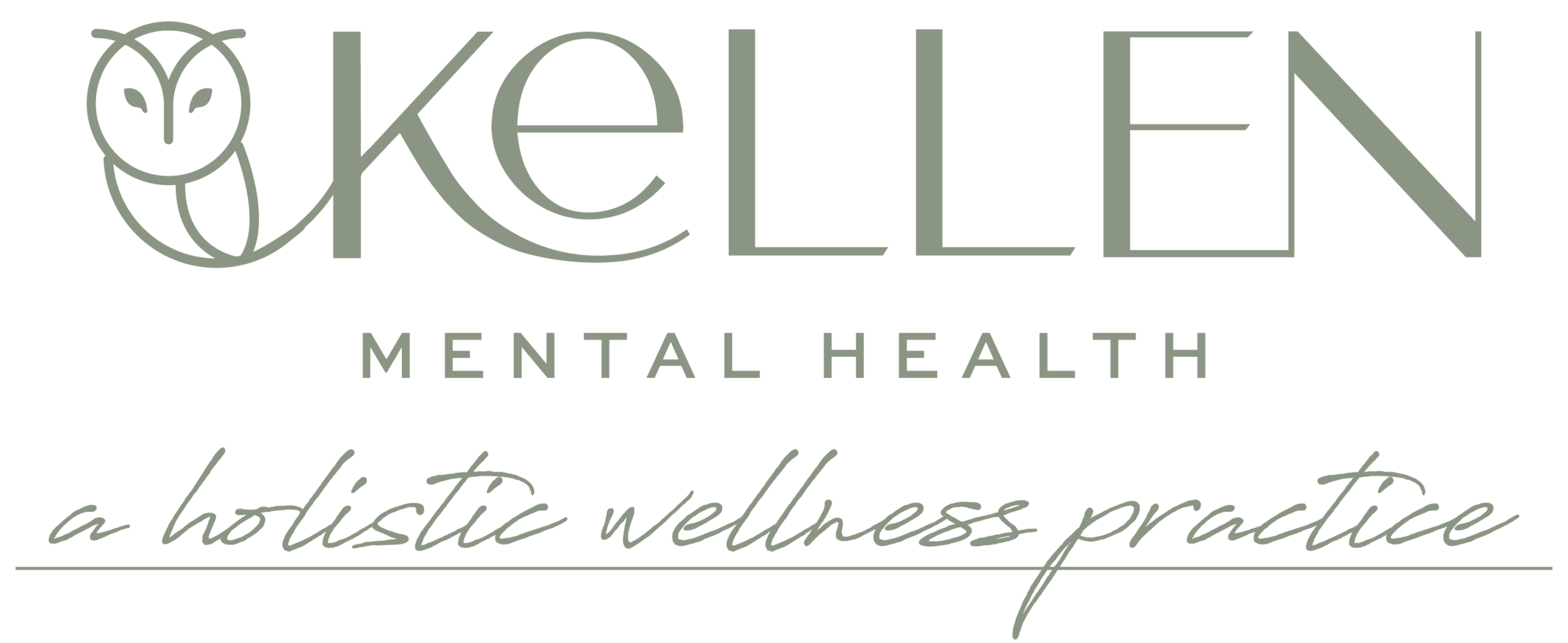Life is full of transitions, some planned, others completely unexpected. From starting college to starting a new job, changing careers, having kids, becoming empty nesters, retiring, or adapting to life changes brought about by a loved one’s health issues or our own health challenges, we know that change is an inevitable part of life. Having good transition plans in place can significantly ease the emotional rollercoaster that change often brings and can help us move through life’s changes with confidence and in a manner that aligns with our values.
What is a Personal Transition Plan?
A personal transition plan is a structured approach to navigating through changes in your life. It takes into account your goals and values, and outlines the steps needed to take care of yourself so you can be there for others. It evaluates what resources or tools are needed and creates the space you need to expand and explore all options so that you can make decisions that are right for you at this moment in your life. It also gives you a way to identify potential challenges and create strategies to overcome them, without criticism or judgment. Bottom line, it is a roadmap for effectively managing the stress of change.
Benefits of a Personal Transition Plan
- Clarity, Focus, and More Present-Moment Experiences: A transition plan provides clarity about what you want to see in your life and how you want to get there in a way that aligns with your values. Setting clear goals based on what is important allows you to maintain focus and avoid feeling overwhelmed. This clarity helps you make informed, intentional decisions and gives you the space and freedom to focus on and enjoy the present-moment. Even establishing daily transitions to and from work or school allows us to place our focus and attention where it should be as we move from one aspect of our life to another.
- Reduced Stress and Anxiety: Whether big or small, one time or ongoing, change can be stressful. A well-thought-out transition plan can lower our stress response by acknowledging and accepting that change happens. Just knowing that you have plan in place can reduce anxiety and provide a sense of control over the situation.
- Efficient Resource Management: Transitions can require resources such as time, money, and support from others. A personal transition plan helps you identify and utilize these resources efficiently. By planning ahead, you can ensure that you have what you need when you need it, minimizing disruptions and making the transition smoother.
- Learning New Tools and Establishing Routines and Rituals: Transition plans also involve learning and maintaining new tools for coping with stressors and being able to effectively regulate your stress response so you can respond rather than react in day-to-day situations. Creating and maintaining routines and rituals can be an important part of managing stress in transitions. They provide us with some of the most effective ways to help our body and minds understand and accept change so we can move forward in a healthy way.
- Enhanced Problem-Solving: A transition plan allows you to anticipate potential challenges and develop strategies to address them. This proactive approach can lower your stress level and prevent minor challenges from becoming major obstacles. By thinking ahead, you can create contingency plans that keep you moving forward, even when unexpected challenges arise.
- Goal Achievement (Without an Attachment to a Specific Outcome): Having a plan increases the likelihood of achieving the outcome you want. However, transition planning does not mean perfectionism. By focusing more on the process, effort, and intention of your transition plan, rather than attaching to a specific outcome, you are better positioned to stay present and grounded in the moment. This reduces our stress level an allows us experience and celebrate the wins along the way. This approach will keep you motivated and focused on your desired outcomes, not on your setbacks.
- Improved Self-Confidence: Each step you take along your path reinforces your confidence in your ability to manage transition and change effectively. This confidence will have a positive impact on other areas of your life and encourage you to embrace new opportunities with a positive mindset.
Creating a Personal Transition Plan
To create an effective personal transition plan, consider the following steps:
- Define Your Goals and Your Desired Outcomes: Clearly articulate what you want to achieve based on your values and what is most important to you. Whether it’s starting a new career, adjusting to a new life stage, or finding a better work/life balance so you can be more present for your loved ones, actively exploring your goals and desired outcomes is the first step in creating a successful plan.
- Assess Your Current Situation: Take stock of where you are now. Identify your strengths, resources, and any potential challenges you might face.
- Outline the Steps: Break down your transition plan into manageable steps. List the actions you want and need to take, the resources or tools you will need, and then walk through what the process will look like for you and your loved ones. You can look at it from different angles, notice any challenges that might pop up, and remind yourself this is a process, not perfection. All you have to do is “just take the next right step” based on your values, your intention and purpose, and what is most important to you.
- Identify Resources: Determine what resources you will need to successfully navigate the transition, either one time or on a regular basis. This could include financial resources, support from friends and family, professional guidance, or setting up you environment so that it is supportive of your success.
- Develop Timelines and Goal Posts: Create realistic timelines and goal posts for your transitions and regularly monitor your progress so that you can make tweaks if something is not working for you. Remember, while it is good to take an honest look at how things are going, it is not helpful to be judgmental about your progress. If you get off course, remind yourself of why you have chosen this path, and encourage yourself to “just take the next right step” to get back on track.
- Anticipate Challenges: Think about potential obstacles that might pop up and come up with creative strategies to overcome them. Obstacles can teach us and show us how to use them to our advantage in the future. Having a few contingency plans in your back pocket can help you stay on track even when unexpected issues arise.
- Create a Safety Plan: Establishing a safety plan is often best known for situations involving life-threatening personal safety concerns, but its usefulness doesn’t stop there. A safety plan can also be a smart way for us to give ourselves a compassionate “backdoor” in times of stress. It is a plan that allows us to take a step back, or even step away, so that we can better gather our thoughts, regulate our emotional system, and create enough space for ourselves to figure out what the “next right step” is without having to blame and shame ourselves. It is an intentional and empowering act, rather than an emotional one, that allows us to make choices that are right for us in the moment.
- Monitor and Adjust: Regularly review your progress and be open to making adjustments as needed. Allow yourself to be flexible and willing to adapt your plan as circumstances change.
To recap, transition plans provide clarity, reduce stress, ensure efficient resource management, enhance problem-solving, aid in achieving the goals and outcomes you desire, increase your ability to be present for yourself and others, and improve self-confidence. By implementing intentional, mindful, non-judgmental transition plans, you can lower your stress and anxiety and create more space for growth and success.
Change is a natural part of life and it can sometimes be both uncomfortable and unsettling. When you learn to lean into these events with a values-based, present-moment mindset and a good transition plan, you will find yourself better equipped to handle whatever comes your way.


